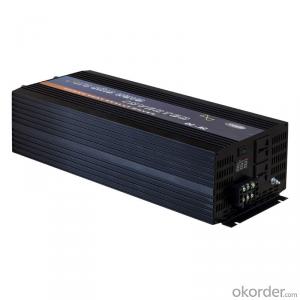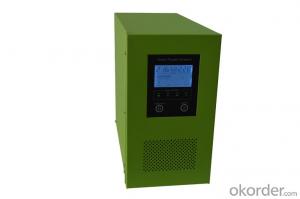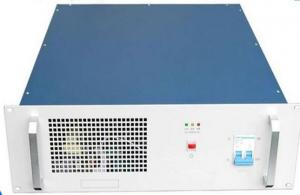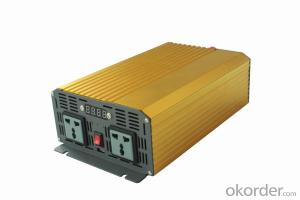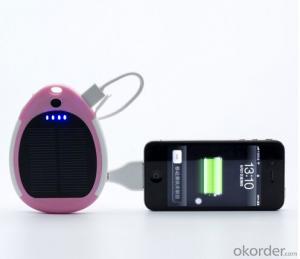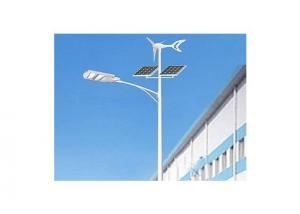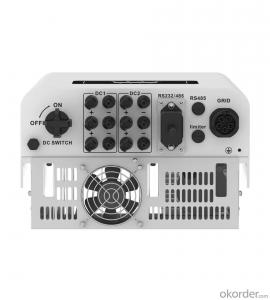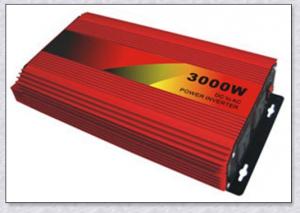Solar Power Inverter 3000 Watt
Solar Power Inverter 3000 Watt Related Searches
Solar 3000 Watt Power Inverter 3000 Watt Solar Power Inverter Solar Power Inverter 3000w Solar 3000 Watt Inverter 3000 Watt Solar Inverter Solar Inverter 3000w 3000w Solar Power Inverter 3000w Solar Inverter 3000w Inverter Solar 3000 Watt Inverter Solar Panel Solar Hybrid Inverter 3000w Solar Inverter 3500 Watt Solar Inverter 3000w Price 3500 Watt Solar Inverter 300 Watt Solar Power Inverter Rich Solar 3000 Watt Inverter Powland 3000w Solar Inverter Solar Inverter 300 Watt 300 Watt Solar Inverter Solar Inverter 300w 300kw Solar Inverter 300w Solar Inverter Solar Inverter 3 Kw Solar Power Inverter 4000 Watt 3 Kilowatt Solar Inverter Solar Power 3 Phase Inverter 3kw Solar Inverter 2000 Watt Solar Power Inverter 3kw Inverter Solar 3 Phase Solar Power InverterSolar Power Inverter 3000 Watt Supplier & Manufacturer from China
Solar Power Inverter 3000 Watt is a high-capacity inverter designed to convert solar energy into usable AC power for various applications. These inverters are engineered to handle the demands of residential and commercial solar power systems, ensuring efficient energy conversion and reliable performance. They are essential components in harnessing the power of the sun and integrating it into everyday electrical use.The Solar Power Inverter 3000 Watt is widely used in a variety of scenarios, from powering homes and businesses to supporting off-grid living and backup power systems. It is particularly beneficial in areas with limited access to traditional power sources or where energy independence is a priority. This product is capable of handling the power needs of various electrical devices, making it a versatile choice for those looking to maximize the potential of their solar energy systems.
Okorder.com is a reputable wholesale supplier of Solar Power Inverter 3000 Watt, offering a large inventory to meet the diverse needs of customers worldwide. They are committed to providing high-quality products at competitive prices, ensuring that solar power solutions are accessible to a broad range of users. By partnering with Okorder.com, customers can be confident in the reliability and performance of their Solar Power Inverter 3000 Watt, as well as the support and service that comes with it.
Hot Products






